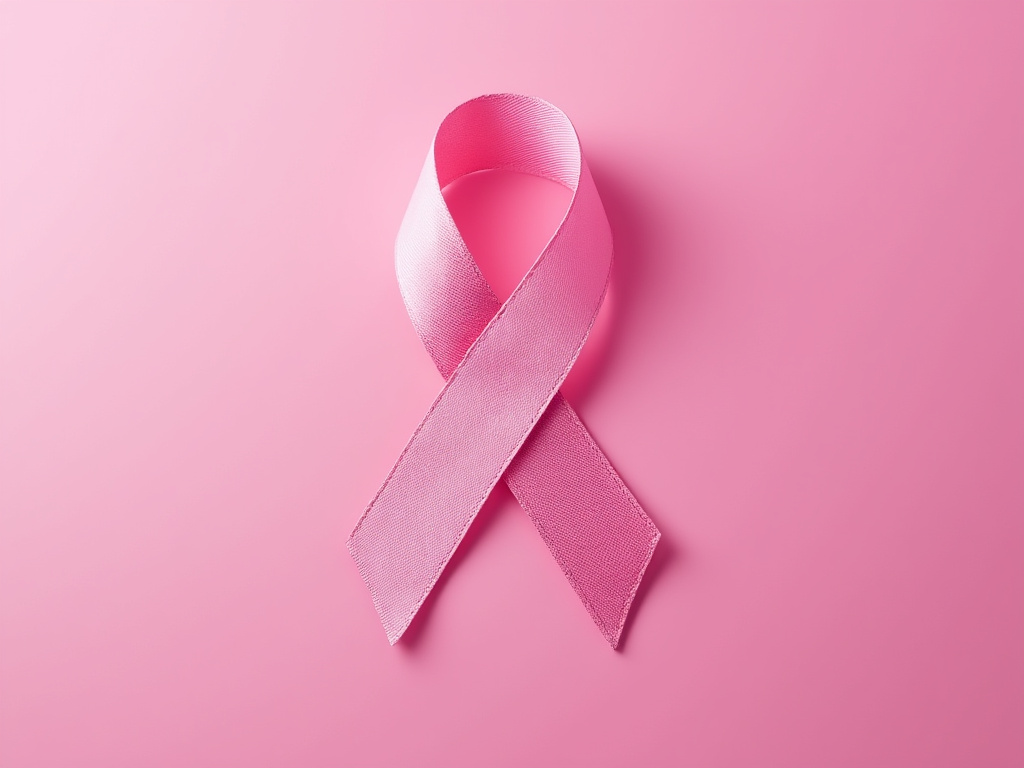
Breast Cancer Awareness
In Canada, 1 in 8 women will develop breast cancer in her lifetime. It is estimated that as many as 28,000 women are diagnosed with breast cancer each year. Fortunately, due to advancements in research that have helped to improve things like early detection and diagnosis, the current 5-year survival rate of breast cancer is 87% — and the death rate has dropped by 44% since the 1980s. However, because breast cancer continues to be one of the most commonly diagnosed types of cancer and the second-leading cause of cancer-related death among Canadian women, there’s still a lot more that can be done when it comes to raising awareness. It’s also important to note that it isn’t just women who can be affected by breast cancer, as approximately 220 Canadian men will also be diagnosed with breast cancer each year.
When most people think of breast cancer, they equate it with finding a lump in the breast — though this isn’t necessarily the case for all types of breast cancer. In fact, many breast cancers are first found through screening mammograms and detected at a much earlier stage, before they’re even able to be felt and before any symptoms will develop. Common symptoms that can develop due to having breast cancer can include things such as changes of the skin (including swelling, redness or itching/irritation and peeling/flaking of the skin), changed in the size, shape or colour of the breasts, general pain/discomfort in or on the breast, nipple discharge, as well as thickening of the breast. These are all symptoms that you should report to your healthcare provider as soon as possible, as early detection is key.
Most breast cancers start as ductal cancers or lobular cancers, while a small number of breast cancers start in other tissues in the breast which are known as lymphomas or sarcomas. If you do happen to find a lump in the breast, this also isn’t necessarily an indicator that you have breast cancer, as many lumps are benign and not malignant. That being said, if you do have a lump, it is always important to have it checked out by a healthcare professional to make that determination — as, in some cases, some lumps can also increase one’s risk of developing breast cancer in the future. Other risk factors can include things like there being a family history of breast cancer, age, inherited mutation in the BRCA1 or BRCA2 genes, race and ethnicity, early menstrual periods or late menopause, exposure to radiation, and even certain lifestyle-related habits such as drinking alcohol, being overweight or obese, lack of physical activity, and even taking certain types of birth control. While things like genes are things you cannot change, you can make positive changes to your lifestyle in order to help reduce your risk of developing breast cancer — such as getting more exercise and eating healthier foods.
As for who should be screened for breast cancer, the Canadian Cancer Society suggests women who are between the ages of 40 and 74 should have a mammogram done every 2 years. A mammogram is a type of medical imaging test similar to an x-ray that can detect changes within the breast that could be indicative of breast cancer. It’s not uncommon to feel some discomfort during a mammogram, but you should let your technologist know if you are experiencing extreme pain during the test. Other medical imaging tests such as a breast ultrasound or breast MRI can also be ordered by your physician. An ultrasound can look at breast changes and lumps, as well as determine the difference between fluid-filled cysts and solid masses, in addition to being useful during a breast biopsy in guiding the needle into areas where cells need to be removed for further testing; while a breast MRI is usually done in individuals who have already been diagnosed with breast cancer and can determine the size of tumours as well as detect if there are any further growths.
When it comes to treating breast cancer, it is often dependent on things such as the type and stage of the cancer, as well as your overall health. Common treatment approaches include those that are systemic and those that are local. Systemic therapy includes chemotherapy, in which drugs are administered either by mouth or directly into the blood stream; while local therapies include things like radiation therapy as well as surgery.

